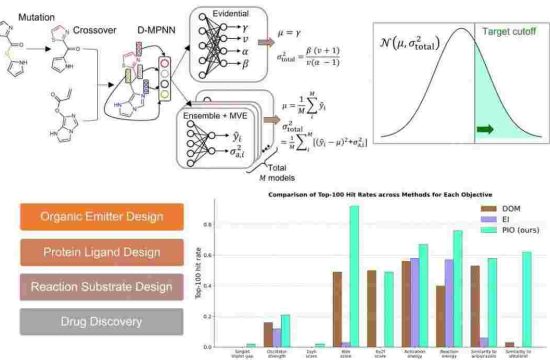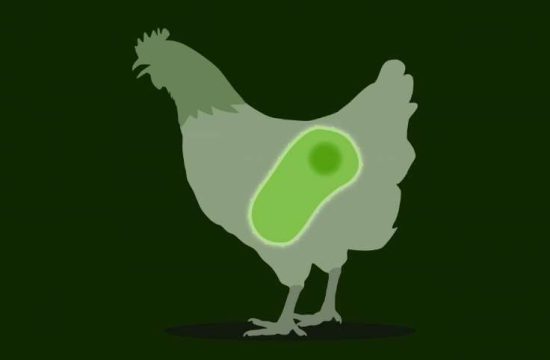Researchers identify and synthesize a sugar chain critical for plant fertilization. They call it AMOR.

Copyright : Piyaphat Detbun | 123rf
Researchers from Nagoya University’s Institute of Transformative Bio-Molecules (ITbM) identified a sugar chain molecule that plays a key role in plant fertilization. In addition to providing new insight into sugar signalling, the finding will help make plant fertilization more efficient.
Plant fertilization begins when pollen hits the pistil, the stalk that protrudes from the centre of the flower. A tube extends from the pollen grain down through the pistil to deliver sperm to the eggs stored at its base.
Scientists knew that ‘attractant molecules’ help guide the pollen tube toward the eggs. However, they suspected another molecule primes the pollen tube to respond to these attractants.
The Japanese team determined that a sugar chain in the ovules is responsible for preparing the pollen tubes. They named it Activation Molecule for Response-Capability, or AMOR for short in homage to the Latin word for love.
They were able to observe the molecule’s effects on pollen tube activation in real time. When a pollen tube was cultivated without AMOR, it did not grow towards an egg, even though attractant molecules were present. When cultivated with the AMOR compound, it altered its path to grow toward the egg.
Biologists worked with synthetic chemists to conduct further detailed analyses of AMOR’s structure. They determined that a specific double sugar chain located at the tip of the AMOR molecule was the essential part that caused activation. Another section of the molecule is biologically inactive, making it a good spot to bind fluorescent markers, which will enable researchers to observe how the sugar chain interacts with unidentified receptors.
The research findings “not only enhance our understanding of the complex fertilization process in flowering plants, but also add to our understanding of plant sugar signalling,” the team notes in its study published in the journal Plant Physiology.
Working with sugar compounds is notoriously difficult. It took more than ten years and 200,000 torenia flowers to extract the pure AMOR compound and characterize it. Now, a Japanese company plans to synthesize the AMOR sugar chain, which will be used to study its function in many plant species







